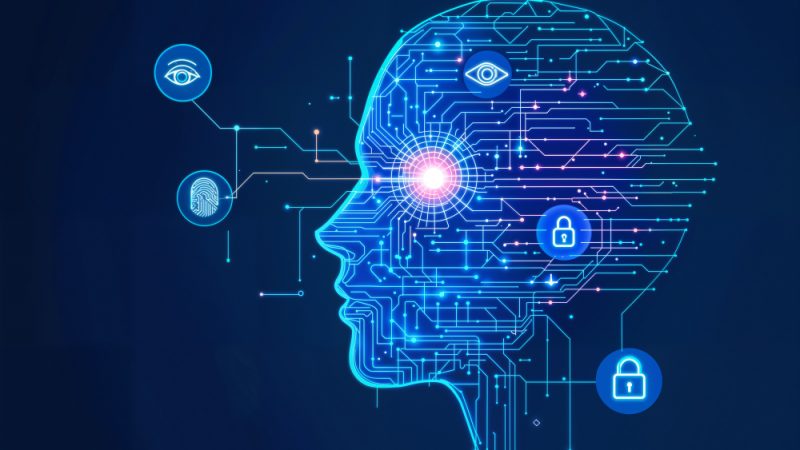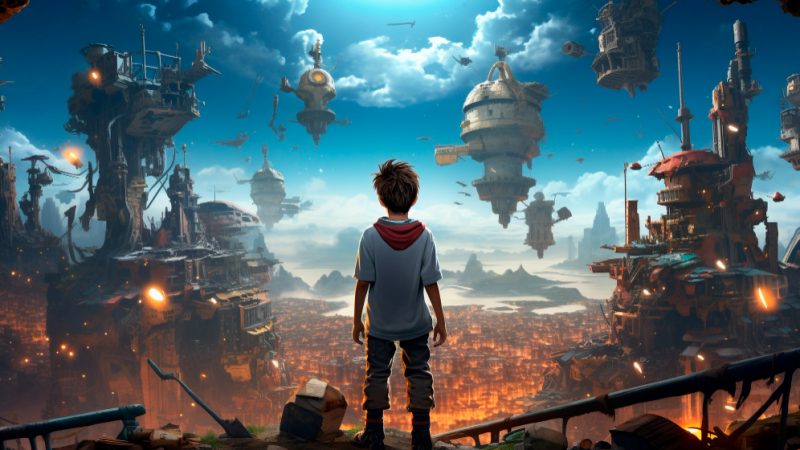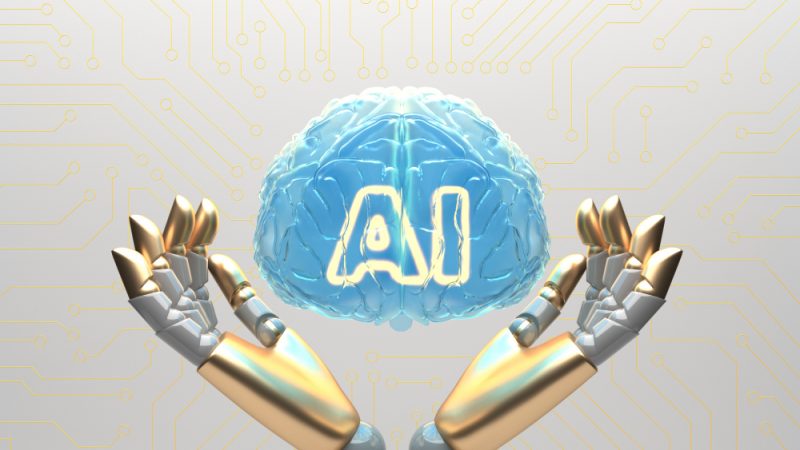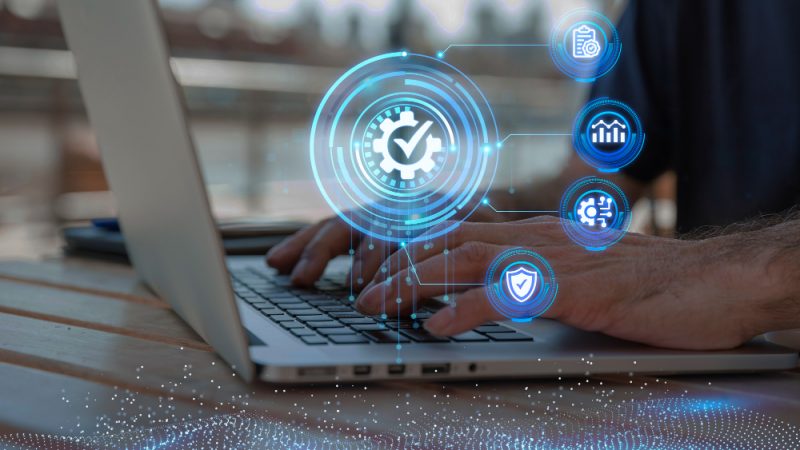Artificial Intelligence of Things: How AI Can Make IoT Business Solutions Work to Their Fullest
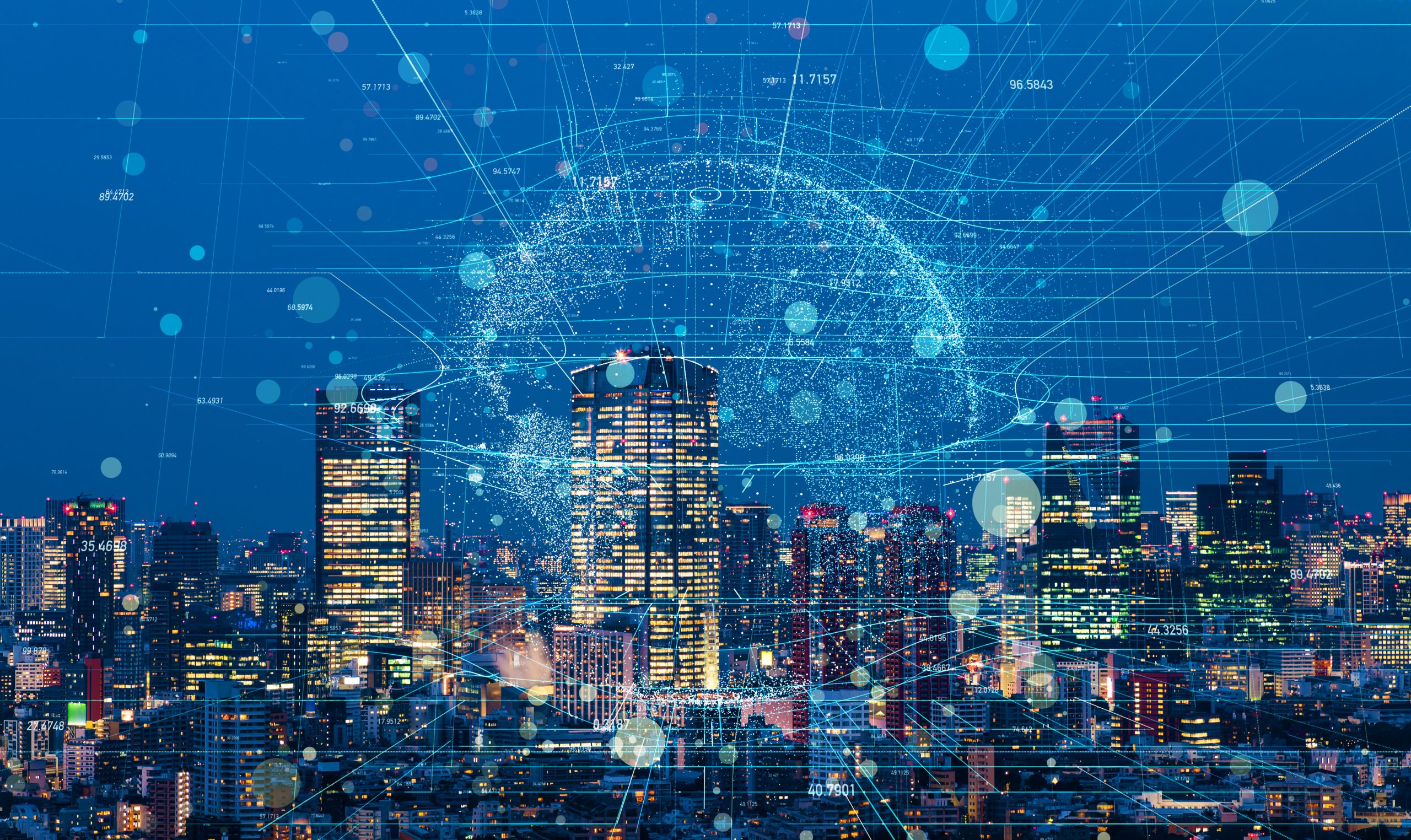
The Internet of Things (IoT) is an ever-expanding collection of Internet-connected devices — from smartphones to sensor-equipped industrial robots. They can transmit and receive data thanks to this connectivity, which allows them to perform a wide range of tasks for daily life and business. IoT has become so popular that researchers at the International Data Corporation (IDC) anticipate that by 2025, there will be 55.7 billion connected devices in use, with 75% of them connected to an IoT platform.
Many workplaces have embraced the Internet of Things. Irrespective of your industry, IoT devices are likely to play a part in your company’s success. IoT may be used in a variety of ways, from basic things like smart lightbulbs for a more efficient office environment, to more complicated things like a network of industrial equipment identifying quality control flaws in a manufacturing process. Despite this, just 73% of company data is used for analytics.
Most businesses fail to obtain and analyze information from IoT devices due to the enormous volume of data, obsolete or erroneous data gathering technology, and improper analytics methods.
The Artificial Intelligence of Things (AIoT) is a potent combination of connected devices and intelligent data processing algorithms. Here’s everything you need to know.
There are Two Categories of Artificial Intelligence of Things
- Microsoft Azure IoT, Amazon AWS IoT, and PTC ThingWorx are examples of data analytics platforms. These platforms enable IoT developers to create a full infrastructure that supports the logic of cyber-physical systems and integrates it with AI services via APIs.
- Surveillance cameras and self-driving cars are examples of intelligent edge devices. These devices have strong processors that filter out “status data,” analyze essential data locally, and bulk-upload sensor readings to the cloud at regular intervals.
AIoT Solutions That are Changing the World
- Voice assistants. Virtual digital assistants like Siri, Alexa, Google Home, and Cortana use AI to recognize and respond to voice commands. Operating devices via voice commands is the most natural form of human-machine interaction. To integrate natural language processing (NLP) capabilities into IoT systems, developers use pre-trained AI services like Siri, Google Assistant, and Alexa.
- Security systems. Prior to AIoT, CCTV cameras were passive, which meant security professionals had to watch live footage 24 hours a day, seven days a week to avoid accidents and combat crime. IT firms relieve governmental agencies, enterprises, and property owners of this burden by teaching Machine Learning algorithms to detect objects and persons in video footage.
- Automated inspection solutions. Drones and artificial intelligence are a match made in technology heaven. Ground-level operators can get a human-like eye in the sky by combining AI’s real-time machine learning technology with the exploratory capabilities of unmanned drones.
- Self-driving vehicles. Self-driving cars are the primary example of AIoT solutions where smart algorithms interpret real-time data coming from in-vehicle cameras, lidar and radar sensors, and cloud services. AI has enabled us to automate a great deal of manual labor that previously required some level of human expertise or skill. In the case of self-driving automobiles, AI can assist in functions such as automatically recognizing people and other cars around the vehicle, switching lanes, and following the GPS to reach the destination.
- Predictive equipment maintenance. An hour of unexpected equipment downtime may cost up to $260,000 in sectors like industrial manufacturing and oil & gas. Predictive maintenance solutions based on artificial intelligence (AI) help distill raw industrial sensor data into useful insights and predict equipment breakdowns. Predictive maintenance solutions, according to Deloitte, can cut total equipment maintenance costs by 5-10% while increasing equipment availability by 10-20%.
- Remote patient monitoring (RPM) solutions. In the wake of the COVID-19 pandemic, more healthcare providers are relying on technology to free up space for critically ill patients, safeguard hospital workers from the coronavirus, and reduce operational costs..
Choosing an AIoT implementation strategy
To employ a proper AIoT solution, one has to understand the gadget’s performance requirements.
CPUs capable of doing data analysis closer to the network’s edge were previously scarce. However, the chip industry has made significant progress and is now lowering CPU costs while keeping great performance. The only problem that hardware makers have yet to address is CPU flexibility. Artificial Intelligence of Things solutions can take various shapes and applications, and hence have varying performance needs. To grow AIoT solutions, we need integrated circuits that can support a variety of computing functions, such as AI-driven data analysis, digital signal processing, and remote device control, among others.
IoT Doesn’t Make Devices Smart—AI Does
Without a mobile app, there’s no way you could view your body composition data from a Bluetooth smart scale. And while Alexa is good at shuffling playlists on Spotify, if you need to book a flight, you’d better double-check the information from a PC or smartphone.
Why AI is the Internet of Things’ Missing Element
- In 2019, IoT Analytics published a comprehensive review of the IoT startup landscape. Seven out of ten companies that topped the IoT startup list specialize in AI, data science, and analytics.
- 70% of companies that use Artificial Intelligence obtain AI capabilities through cloud platforms—and that’s where IoT data dwells anyway.
- Thanks to 5G rollouts, the number of IoT devices could reach 41 billion units by 2027 (up from just 8 billion in 2019).
- AI algorithms create operational forecasts 20 times faster and with more accuracy than traditional business intelligence (BI) solutions.
When integrated, IoT and AI help businesses maximize ROI on their IoT investments in a variety of ways, including:
- Automating time-consuming tasks that were previously carried out by humans
- Detecting inefficiencies in their workflows
- Monitoring equipment performance to prevent failures
- Improving employee safety
- Improving customer experience
By 2022, AI will be present in 80% of commercial IoT implementations. If you are considering implementing an IoT solution today, make sure it is AI compatible. If you’re developing a bespoke Machine Learning model, consider how it might benefit from IoT data and communication.

